Harmonica position chart – If you want to play Harmonica, you need to learn the basics of Harmonica. One of those pieces of information is the note and position of the notes on the Harmonica. Our today’s article will clarify this matter for you to understand.
Harmonica position chart
About Keys and Positions
Although it is possible to play in many keys of music on any one harmonica by using various positions and techniques, most players use only site directories . two positions; 1st Position (also known as Straight Harp) and 2nd Position (also known as Cross Harp).
NOTE: It crucial to know that 1st Position (starting from BLOW / EXHALE) plays in a different key from 2nd Position (starting from DRAW / INHALE).
It is were required to determine which style of playing will be used to know which key of harp pick. To determine the correct key of harp to use, refer to our Notation chart samples below and review the Resources section of such a website.
For each harmonica tuning (the Standard tuning and our three Altered tunings), essential points are explained below can be used regardless of the key chosen within each tuning.
Harmonica Positions
Harmonica Key | Major | Mixolydian | Dorian | Aeolian | Phrygian | Locrian | Lydian | |||||
Harmonica players frequently talk about what position they are playing in. The position specifies the “where/how” of the root note in the scale being played. By “where” I mean “which hole”, and by “how” I mean how the hole is played, i.e. blow, draw, bend, or overbend. Position is a useful term because diatonic harps come in all keys, but the relative note layout for each key is the same.
This means that once you know a song on a harmonica in a certain key you can use the same pattern of “where/hows” on any other key and still be playing the same song, or phrase or lick or riff, just in a different key. The consistency of patterns a*sociated with scale types (e.g. the blues scale) makes the term position useful for communicating with other harp players, though musicians who play other instruments will have no use for the term–it won’t tell them anything!
Positions are numbered according to the circle of fifths. First position is where you start in the circle, and each step clockwise is one position higher. That is, as you add sharps to the key of the harmonica you increase the position number by the number of added sharps. For example, on a key of C harmonica playing 1st position puts you in the key of C.
To figure out which key is 2nd position, go one step clockwise from C in the circle of fifths (i.e. add one sharp to the key) and you get G. 3rd position is another step clockwise (i.e. 2 sharps added to the 1st position key) which is D, and so on. Rather than memorizing a table of positions for each harmonica key it is much preferable to learn the circle of fifths, which is far more useful.
Since there are 12 distinct notes in a chromatic scale and in the circle of fifths, there are 12 different positions on the harp. When numbering the positions based on going clockwise around the circle of fifths we are essentially talking about “sharp” positions, since each clockwise step gives us a scale with one more sharmonica than the previous scale. It is pretty unnatural to think about a key having 12 sharps however!
For this reason, some players talk about “flat” positions as well as regular positions. The flat positions are named and numbered according to a progression counterclockwise around the circle of fifths. So first flat on a key of C harmonica is the key of F. In terms of the “where/how” of playing, 1st flat is identical to 12th position. Similarly, 2nd flat is identical to 11th position, etc.
There is a natural mode a*sociated with each position. By this I mean that by using just the natural non-bent unaltered blow and draw notes on the harmonica, when you start at a different where/how note you are playing a different mode. Here are the natural modes a*sociated with some common positions.
- First position is a major scale. The mode name for the major scale is called Ionian.
- Second position is a major scale variant with a flatted 7th. The mode is called Mixolydian.
- Third position is a minor scale. There is more than one minor scale, and the mode for this one is called Dorian.
- Fourth position is the natural minor scale whose mode is called Aeolian.
- Fifth position is another type of minor scale. The mode for this one is called Phrygian.
- Sixth position has a sort of major scale feel and is called Locrian.
- Twelfth position, also called First Flat, has a major scale type feel and is called Lydian.
Here is a table of the positionassociated with the root note of each scale mode showing the starting place and how the hole is played (i.e. the “where/how” talked about above). For example, first position starts on the hole 1 blow; second position starts on the hole 2 draw, and 12th position starts on the hole 2 draw whole step bend. (Each tic mark ‘ represents a half step bend.)
Position Designation of Tonic Note
| Blow | 1 | 5 | 2 | 1 | 5 | 2 | 1 | 5 | 2 | 1 | Blow |
| ”’ | 9 | 10 | 7 | 6 | ‘ | ||||||
| ” | 12 | 4 | 11 | ” | |||||||
| ‘ | 8 | 7 | 11 | 8 | 9 | ||||||
| Draw | 3 | 2 | 6 | 3 | 12 | 4 | 6 | 3 | 12 | 4 | Draw |
The “sets” (with matching colors) show different 4-harmonica sets that will cover all 12 keys if you play in all 3 positions. In other words, with an A, C, Eb, and F# harmonica you can play all 12 keys by playing positions 1, 2, and 3.
1st position, also called “straight” harp, is the natural key of the harmonica. In other words, if you have a key of C major tuned harmonica, first position utilizes the scale tones of the C major scale, which starts on the C note.
2nd position, commonly called “cross” harp, starts on the 2 draw and uses a scale a 5th higher than the natural key of the harmonica. 2nd position is the most commonly used harmonica position for Blues, Country, and Rock music because it makes use of draw notes much more than 1st position.
This is important because the draw notes for holes 1-4, and 6 can be bent, allowing all the notes for the blues scale to be played, as well as being able to be played with more variety and nuance. For a key of C harmonica, the 5th scale tone is G (C=1, D=2, E=3, F=4, G=5), so playing 2nd position on a C harmonica is playing in the key of G (technically the G “mixolidian” mode).
3rd position, sometimes called “slant harp” or “double-crossed”, is the scale starting another 5th up from 2nd position, e.g. for a C harmonica, D. (2nd position G=1, A=2, B=3, C=4, D=5.)
To be able to easily determine the music key a*sociated with any key harmonica in any position, the harmonica key needed to play in any position for a particular music key, or the defacto position you are using to play a particular key music on a particular key harp, see the section on the Circle of Fifths.
Understanding 1st / 2nd Position
Major Diatonic Harmonica
Labeled in 1st Position
The Major Diatonic Harmonica was originally intended for playing simple Folk music of the nineteenth century and its notation layout was adequate for that purpose. The original style of playing, known as 1st Position (Straight Harp), is suitable for playing simple melodies, Folk music and various other types of music that call for melody lines, along with some chords.
1st Position (Straight Harp), is still used by many players today, but due to its simplicity of sound, it is not as popular as 2nd Position (Cross Harp).
The evolution of music introduced Blues, Rock and Country and along with these new forms of music came the need for greater expression. Harmonica players began to experiment and found that when they primarily used the inhale (draw) notes, a different kind of sound was provided. This resulted in a new and more fluid style of playing, known as 2nd Position (Cross Harp). 90% of today’s players use 2nd Position for Blues, Rock, Country & Pop music.
2nd Position (Cross Harp), is a Blues scale that offers a more expressive and soulful sound. Many of the draw reeds can be bent (a technique used to change the pitch of a note.)
MAJOR DIATONIC (1st Position plays the Major Scale)
- Begins on #4 Blow
- Accents the Blow Notes
- As examples, use a C Major Diatonic to play in key of C; or use an A Major Diatonic to play in key of A, etc.
OR…
MAJOR DIATONIC (2nd Position plays the Mixolydian Scale / Blues)
- Begins on #2 Draw
- Accents the draw notes and bending impotenciastop.pt
- As examples, use a C Major Diatonic to play in key of G; or use an A Major Diatonic to play in key of E, etc.
Please refer to the Major Diatonic Key Guide Chart to learn more.
Major Diatonic
Example: Key of C
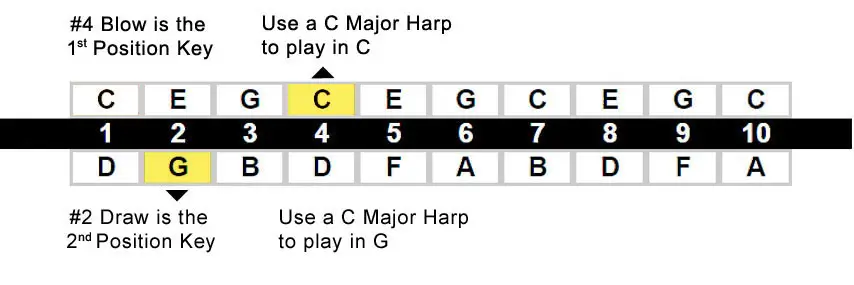
Melody Maker™ Harmonica
Labeled in 2nd Position
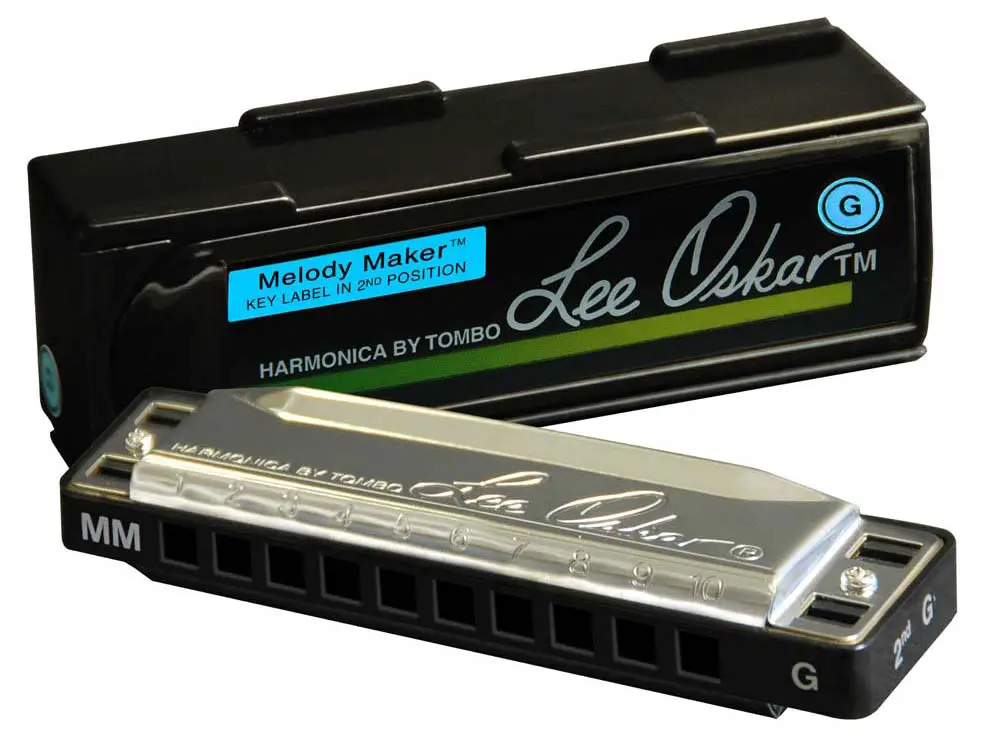
The Melody Maker™, with its three altered notes, is intended for playing Major scale melodies in 2nd Position (Cross Harp). In 1st Position (Straight Harp), you can play: Irish, Clave/Afro music. In 2nd Position (Cross Harp), you can play: R&B, Country, Reggae, Pop, Jazz, Latin.
(The Melody Maker™ is NOT recommended for Blues).
MELODY MAKER™ (2nd Position plays the Major Scale)
- Begins on #2 Draw
- Accents the draw notes and bending
- As examples, use a G Melody Maker™ to play in key of G; or use E Melody Maker™ to play in key of E, etc.
OR…
MELODY MAKER™ (1st Position plays the Dorian Scale)
- Begins on #3 Blow
- Accents the blow notes
- As examples, use a G Melody Maker™ to play in key of Am (Dorian); or use an E Melody Maker™ to play in key of F#m (Dorian), etc.
Please refer to the Melody Maker Key Guide Chart to learn more.
Melody Maker™
Example: Key of G
Labeled in the 2nd Position Key (shown in blue as #2 Draw)

Natural Minor Harmonica
Labeled in 2nd Position
The Natural Minor, with its five Altered notes, is a natural choice for playing minor music in 2nd Position (Cross Harp), such as: minor Blues, Reggae, Ska, Latin, Funk, R & B and Hip Hop.

NATURAL MINOR (2nd Position plays the Natural Minor Scale)
- Begins on #2 Draw
- Accents the draw notes and bending
- As examples, use an A Natural Minor to play in key of Am; or use a G Natural Minor to play in key of Gm, etc.
OR…
NATURAL MINOR (1st Position plays the Dorian Scale)
- Begins on #4 Blow
- Accents the blow notes
- As examples, use an A Natural Minor to play in the key of Dm (Dorian); or use a G Natural Minor to play in key of Cm (Dorian), etc.
Please refer to the Natural Minor Key Guide Chart to learn more.
Natural Minor
Example: Key of Gm
Labeled in the 2nd Position Key (shown in green as #2 Draw)
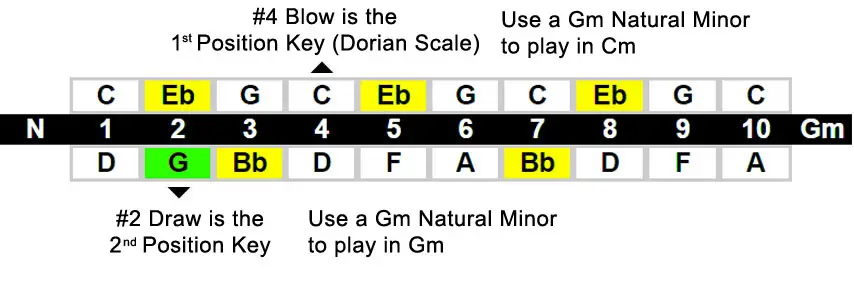
Harmonic Minor
HarmonicaLabeled in 1st Position
The Harmonic Minor, with its five altered notes, is ideal for playing World Music, typically played in 1st Position (Straight Harp). It offers a soulful, Eastern European sound, perfectly suited for playing traditional ethnic music spanning many different cultures, including: Eastern European, Gypsy, Yiddish, Asian, Tango and Reggae music.
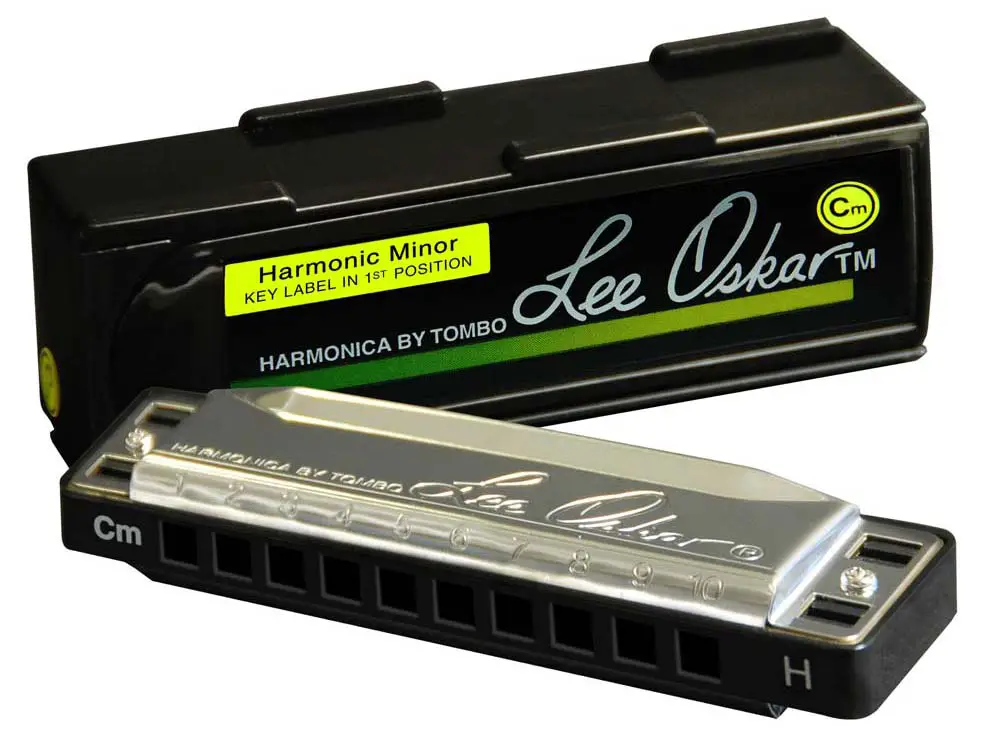
HARMONIC MINOR (1st Position plays the Minor Scale)
- Begins on #4 Blow
- Accents the blow notes
- As examples, use an Am Harmonic Minor to play in Am; or use a Gm Harmonic Minor to play in key of Gm, etc.
NOTE: The Harmonic Minor is a unique “modal music” tuning with different Minor/Major scales. Please refer to the Harmonic Minor Key Guide Chart to learn more.
Harmonic Minor
Example: Key of Cm
Labeled in the 1st Position Key (shown in orange as #4 Blow)
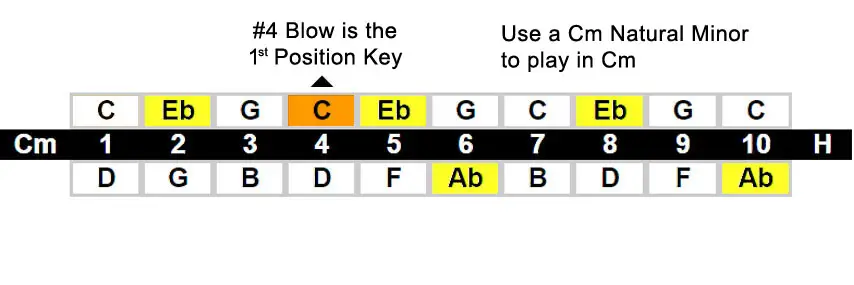
Refer: https://leeoskar.com/ufaqs/understanding-1st-2nd-position/
Added by
Harmonica Tabs
WRITE A COMMENT
WRITE A COMMENT

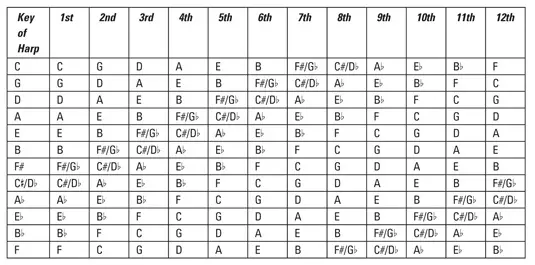




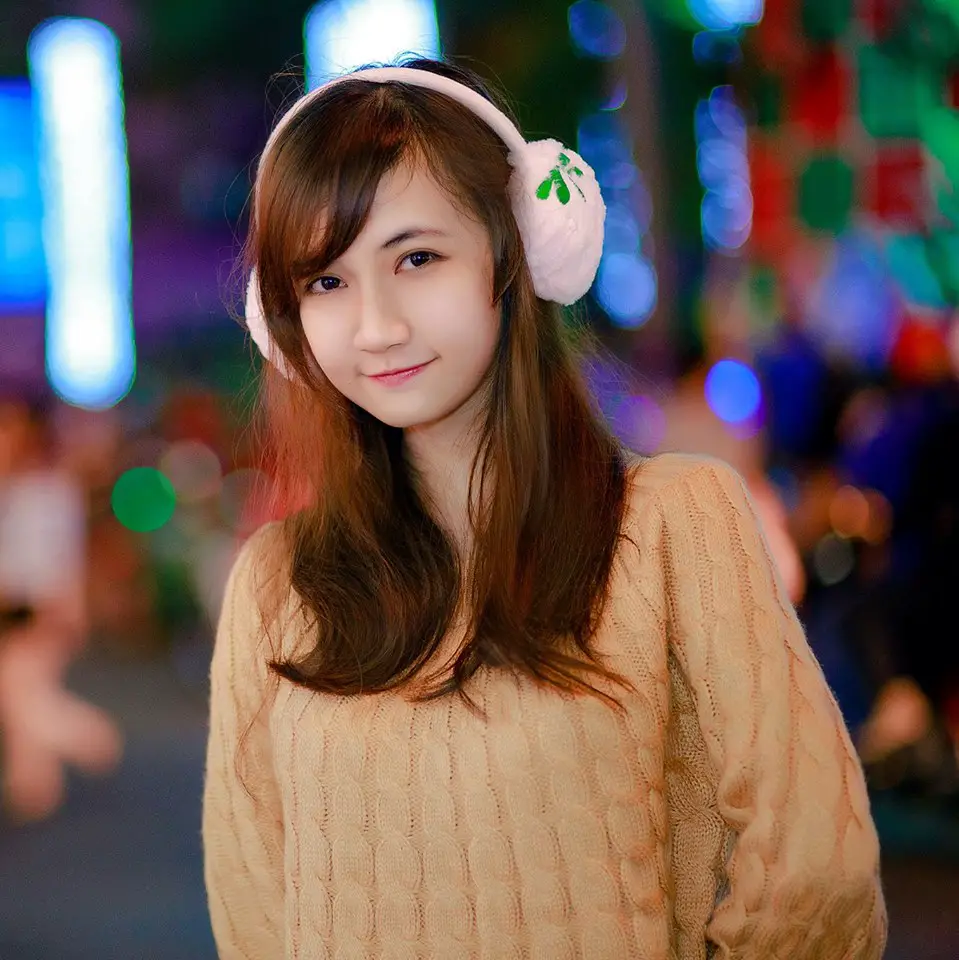

26 Comments